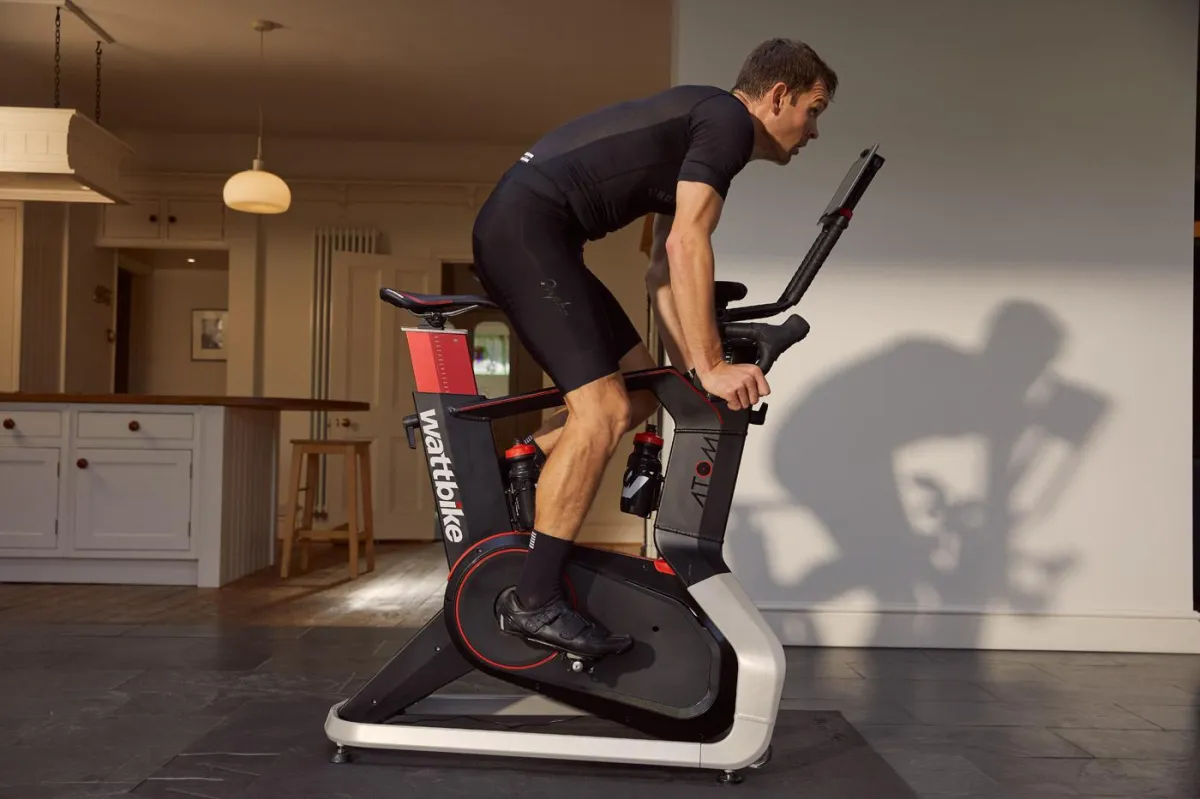
🧠 Why Low-Intensity Workouts Are a Game-Changer for Athlete Recovery
In today’s world of sports performance, recovery has become a buzzword—and for good reason. Between high-effort sprinting, heavy lifting, and explosive training, athletes at all levels are pushing their limits. But here’s what many forget: the real gains often come from how well you recover.
That’s where low-intensity aerobic work comes in.
Unlike high-intensity training that taxes your central nervous system and muscular output, low-intensity work helps you recover faster while still putting in quality effort. Think of it as the glue that holds your high-performance days together. This kind of work helps build an aerobic base, improve circulation, and flush out metabolic waste—essentially priming your body for the next big effort.
So, what does low-intensity recovery actually look like?
Let’s break it down:
🏃 Tempo Runs (On-Feet Conditioning)
One of the most effective tools is the tempo run. It’s simple: cover a short distance like 60 yards at 65–75% intensity max. After each run, mix in a low-skill bodyweight exercise like push-ups or lunges, rest 30 seconds-1 minute, and repeat. This type of workout creates a circulatory response without putting added stress on joints or the nervous system. It’s perfect for the day after a tough sprint or lifting session.
🚴 Off-Feet Conditioning
Can’t handle running or just need variety? Use the bike, elliptical, or rower for steady-state work. The goal here isn’t to burn out or go hard—it’s to maintain low effort, stay moving, and help the body recover for a sustained duration. These sessions are often overlooked but can play a key role in flushing soreness and maintaining consistency.
The Principle: Keep Low Days Low, High Days High
One of the most common mistakes young athletes make is blending intensity levels. If you’re training hard 4–5 days a week and not recovering properly, your body can’t keep up. You start to feel sluggish, sore, and eventually underperform.
Instead, your weekly training should be structured like this:
2 high-intensity days (sprinting, lifting, plyometrics)
2 low-intensity recovery or tempo days
1–2 true rest or light movement days
The key takeaway? Your low-intensity work should scale up as your high-intensity work increases. You can’t expect to ramp up sprint and lifting volume without also increasing the volume of recovery inputs.
Don’t Forget the Basics
Even the best recovery plan won’t matter if your sleep and nutrition are falling apart. Prioritize high-quality, consistent sleep and limit fast food or sugary meals that impair recovery. Remember, low-intensity conditioning is only a piece of the recovery puzzle—it works best when combined with good lifestyle habits.
In summary, low-intensity aerobic work like tempo runs and steady-state biking are critical tools for long-term athletic development. They help you train more often, reduce injury risk, and bounce back faster. If you’re not already doing them, now’s the time to start.
⚾ Ready to Level Up Your Strength & Speed This Season?
Unlock our complete 10-week strength & speed program built specifically for high school baseball players who want to:
✅ Dominate on the basepaths
✅ Throw harder with more power
✅ Improve lower-body explosiveness
✅ Stay healthy and reduce injury risk all season long
👉 Join the Triple Threat: Sprint System Now
📘 Want to Throw Pain-Free Again?
✅ Text “Arm Pain” to 732-724-1381 to grab your FREE copy of The Arm Pain Blueprint — our step-by-step system for helping pitchers get stronger and back on the mound without pain.